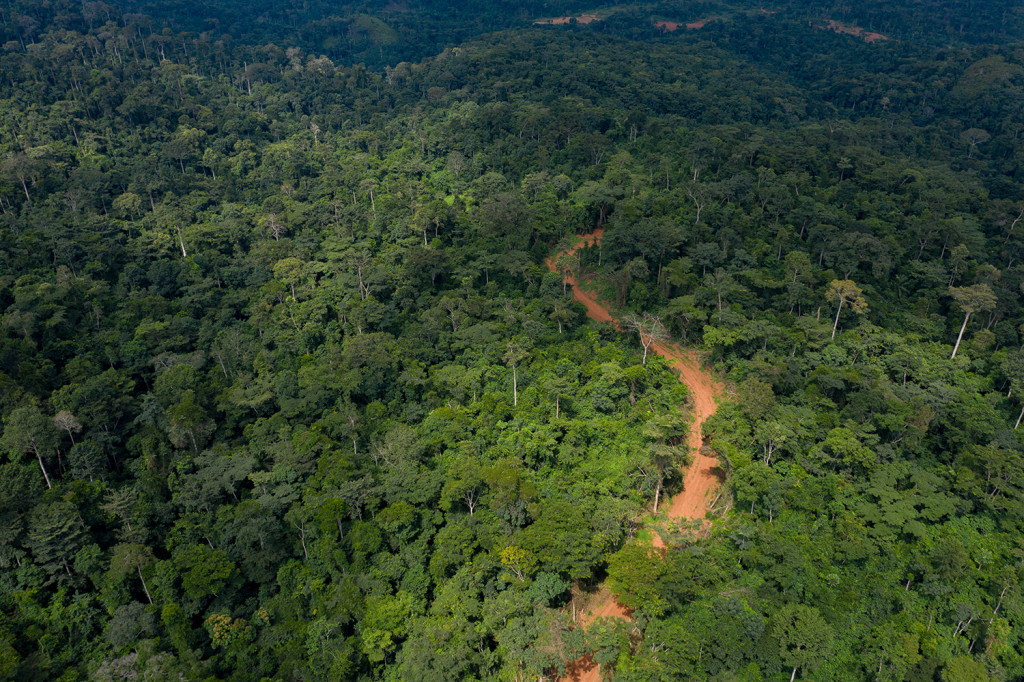The Socio-Cultural Environment in Egypt
Ghana's climate can be described overall as tropical; warm and comparatively dry along the southeast coast; hot and humid in the southwest; hot and dry in the north.
Ghana’s seasons can be divided into two different categories. The cold or the wet season and the hot or the dry season. Its terrain is mostly low plains with dissected plateau in the south-central area
- Gold, wood, industrial diamonds, bauxite, manganese, fish, rubber, hydroelectric power, petroleum, silver, salt and limestone are the most prominent natural resources.
- As of 2017, annual freshwater withdrawals were 1.42 billion cubic meters, of which 95 million were for industrial use, 299.6 million for urban use, and 1.07 billion for agriculture (2017).
- The government actively promotes renewable energy by increasing the share of renewable energy through tariff and VAT exemptions, renewable energy funds, and renewable energy expansion schemes.
- Savannah, rich in flora and fauna, dominates the northern regions of Ghana, while western Ghana is characterized by an abundance of industrial minerals and fuels. Its fossil fuel wealth is particularly rich in natural gas and oil.
- The southern regions of Ghana are mostly filled with grasslands, shrubs, and forests. The forest stretches north from the southwestern coast of Ghana until it meets the Gulf of Guinea in the Atlantic Ocean.
February 13, 2019 – Ghana’s Renewable Energy Master Plan has been formally presented to the Ministry of Energy by the Energy Commission.
- The master plan provides an investment-oriented framework to develop and promote the country’s abundant renewable energy resources to boost economic growth, improve social life and mitigate the impacts of climate change.
According to the World Bank (2020), 85.87% of the population has access to electricity. 63.8% of the electricity generated in Ghana comes from fossil fuels, 0.3% from solar, 35.9% from hydro, and 0.1% from biomass and waste.
- The United Nations Development Program (UNDP) has launched the $1 million OneTreePlanted program to plant 5 million trees by 2024 to restore degraded areas of the Black Volta landscape.

Negative Impacts of Environment
- Dry and dusty northeast harmattan winds from January to March. drought is a natural disaster.
- Derived from the phrase “collect and sell”, Galamsey is an illegal small-scale gold mining operation in Ghana known for causing significant pollution. Chemicals used and waste is long-term sources of soil and water pollution.
- At 0.52 tons per capita in 2020, Ghana’s carbon emissions rank Africa 24th in terms of carbon emissions, below the continental average of about 1 ton per capita (2020). In absolute numbers, Ghana ranks 11th, with her CO2 emissions of over 14 million tons.
- Repeated droughts in the north severely affect agricultural activities. Deforestation; overgrazing; soil erosion; poaching and habitat destruction threaten wildlife populations.
- Water pollution; inadequate supplies of drinking water are some of the current environmental problems.


